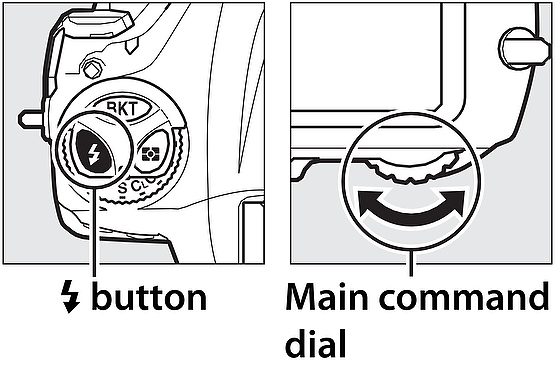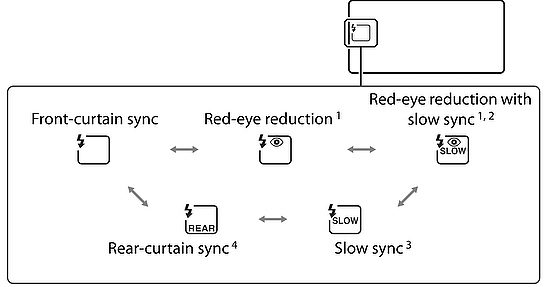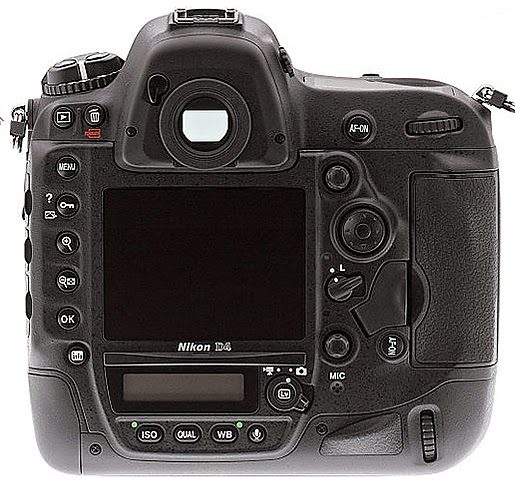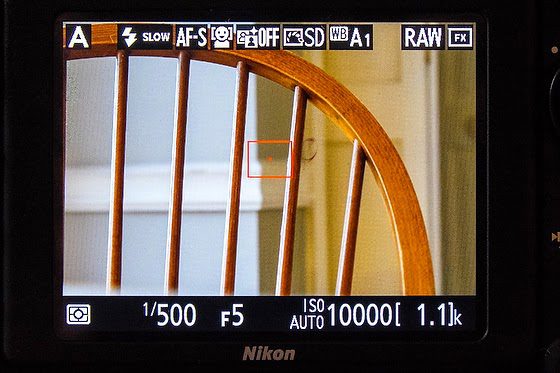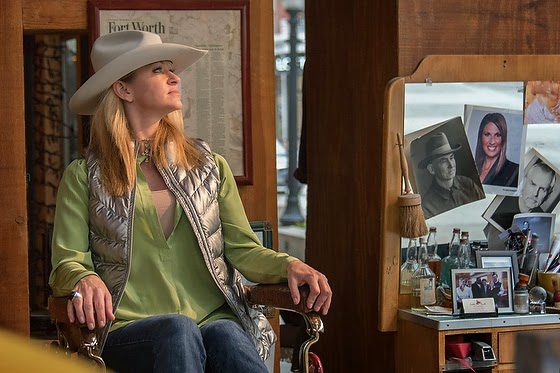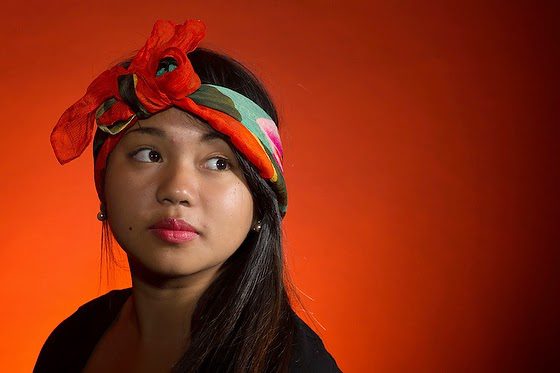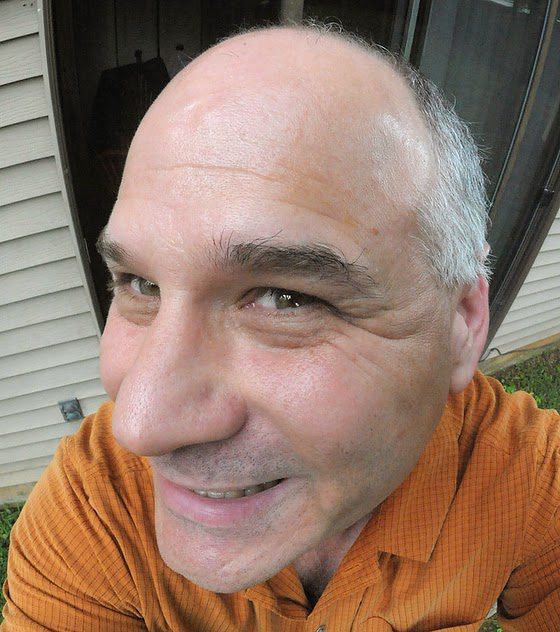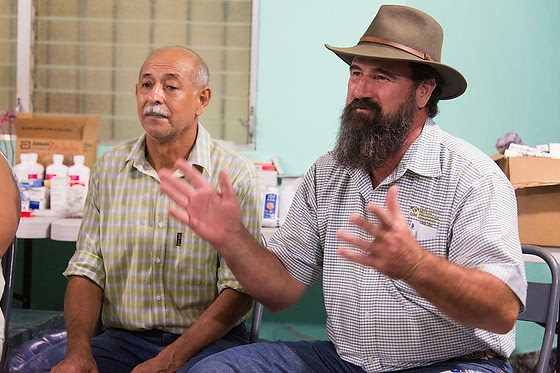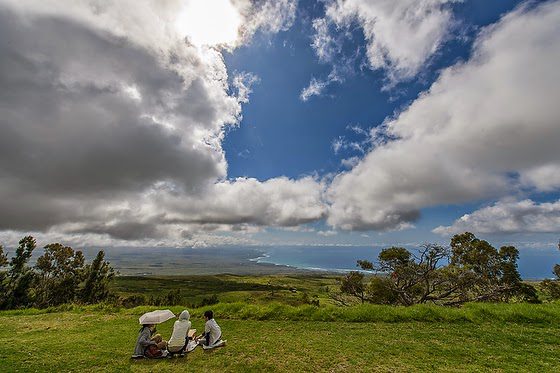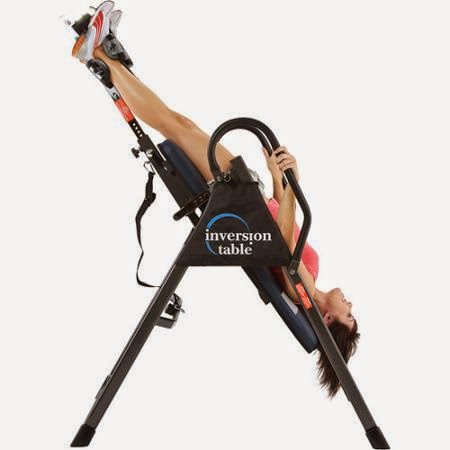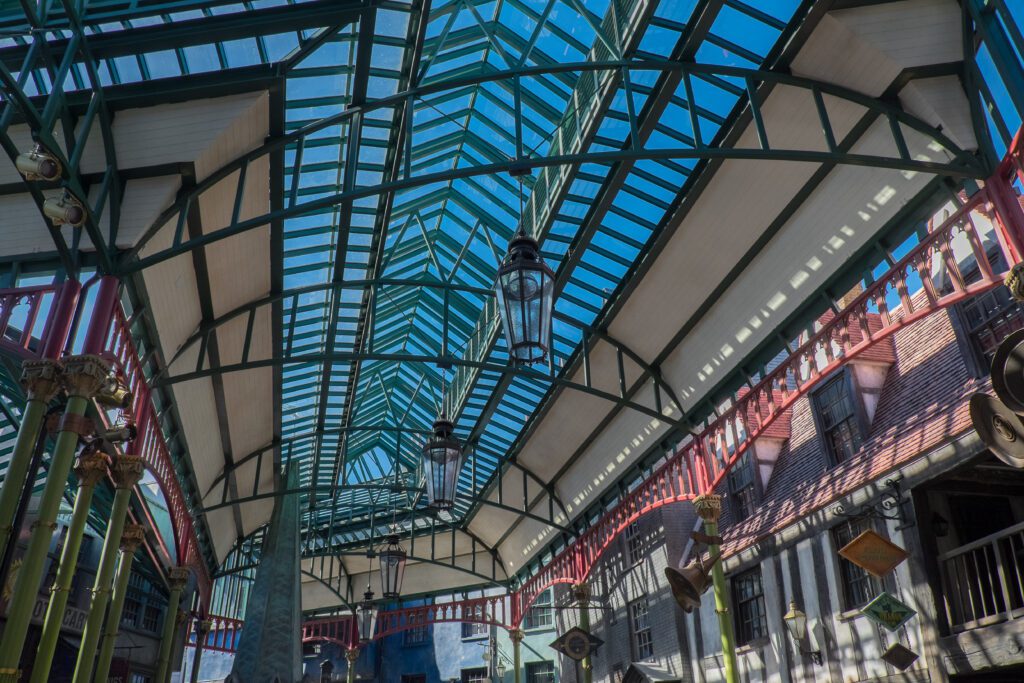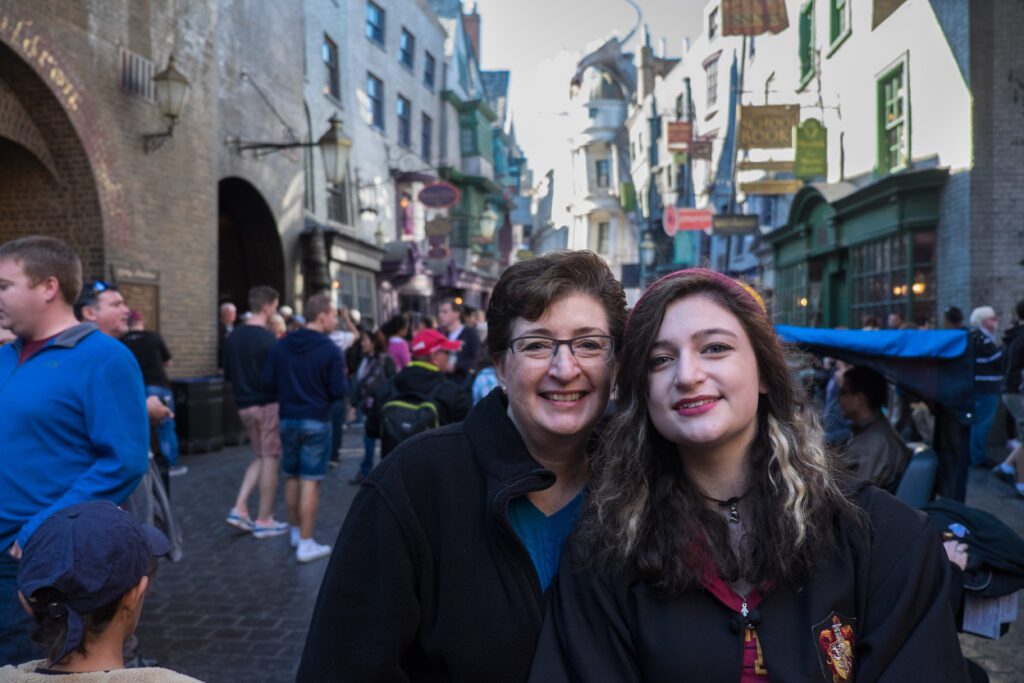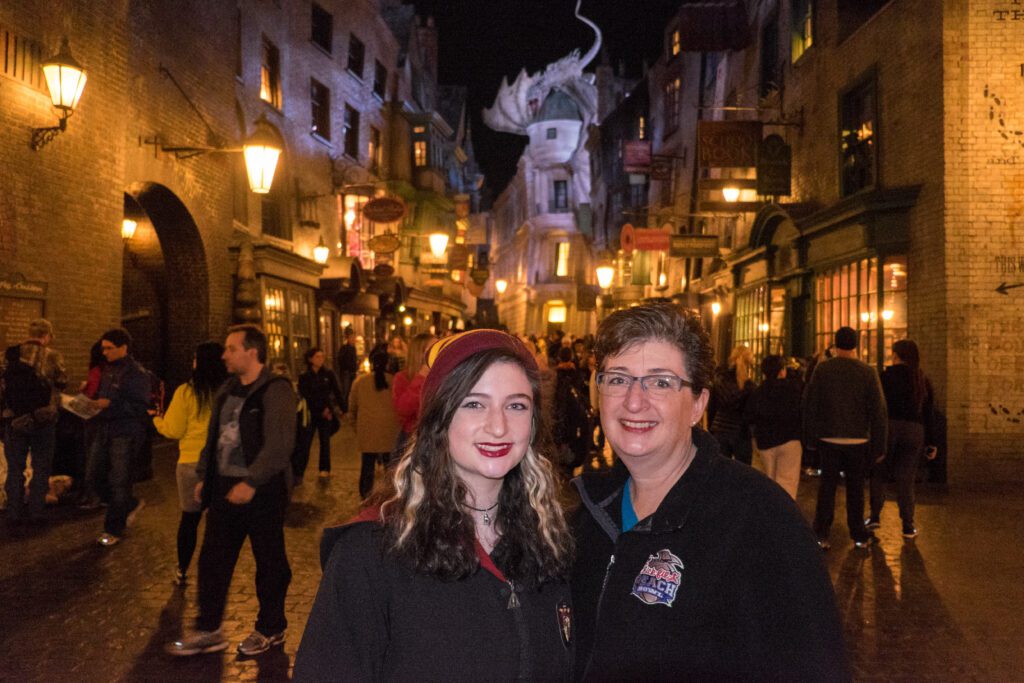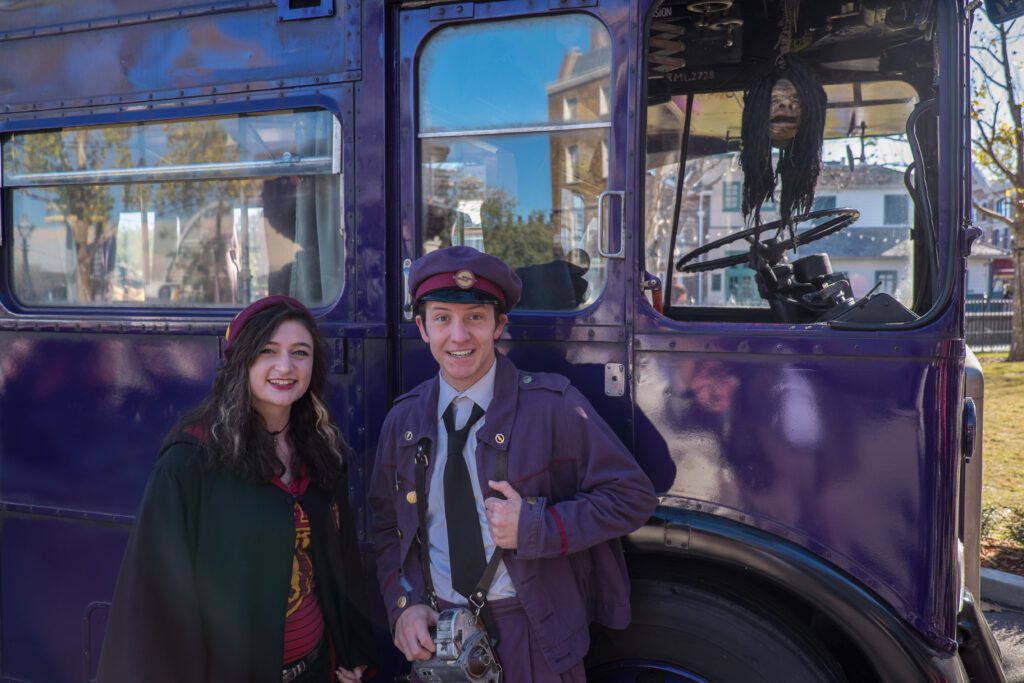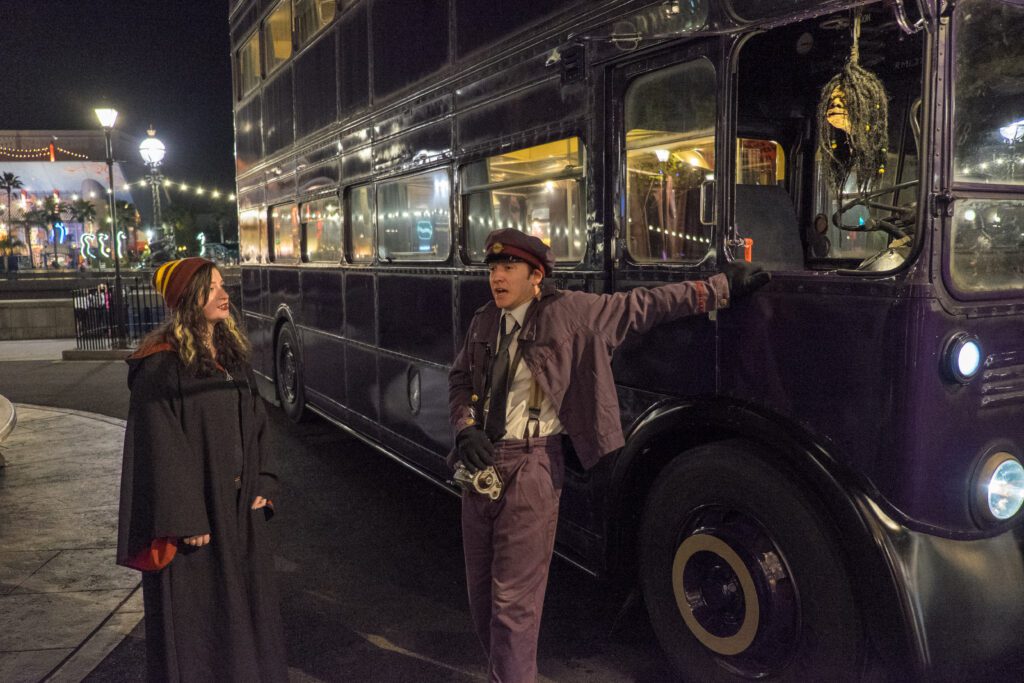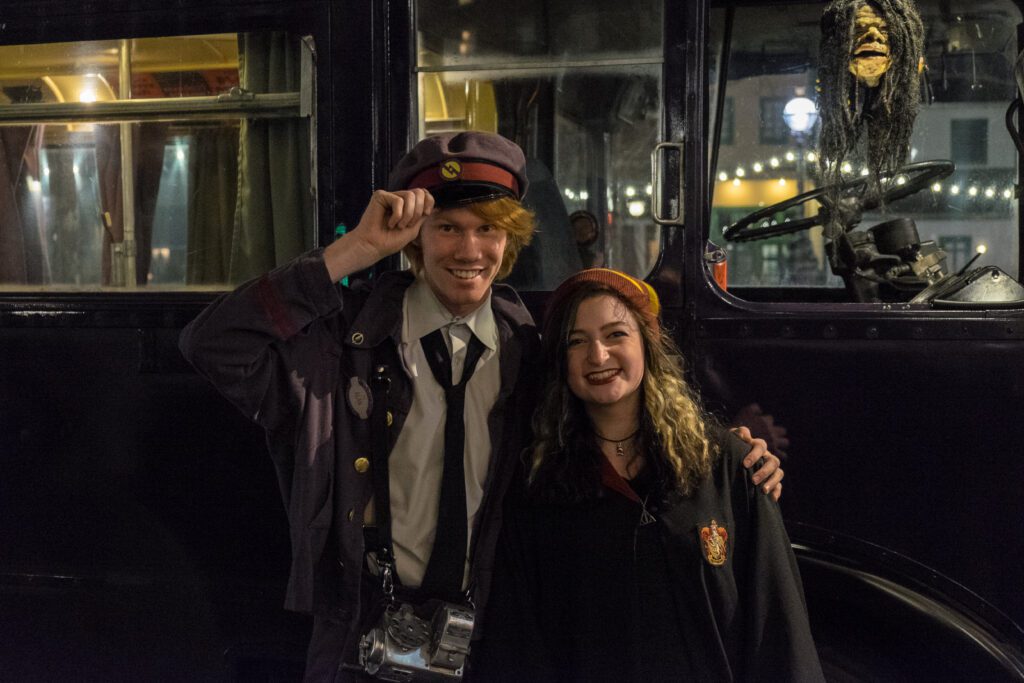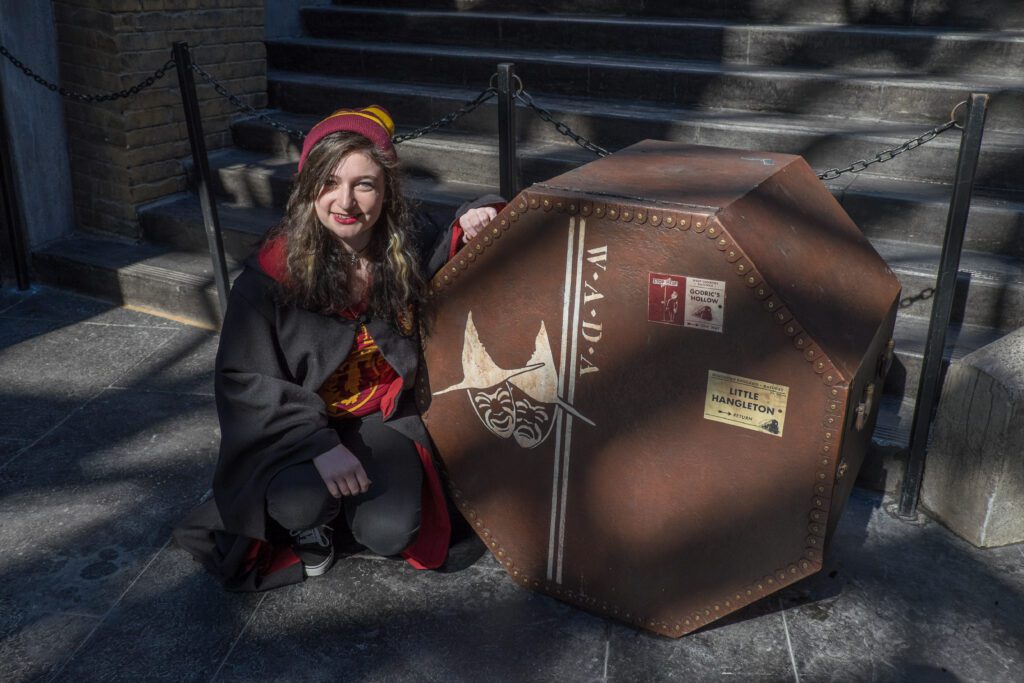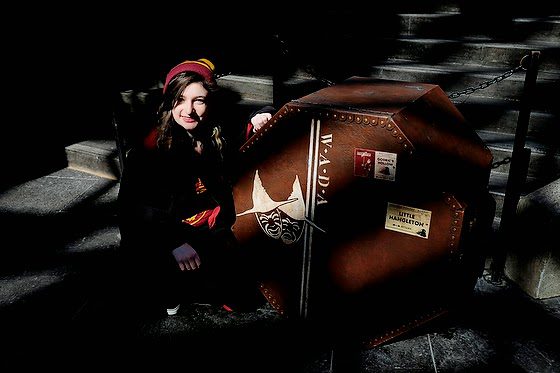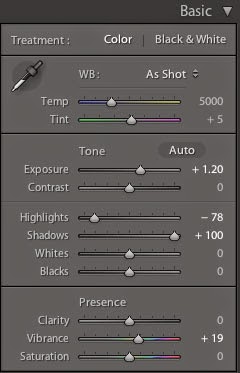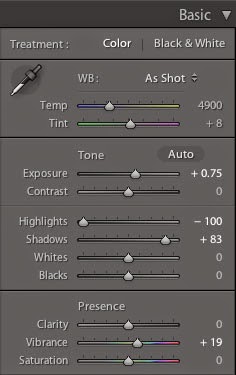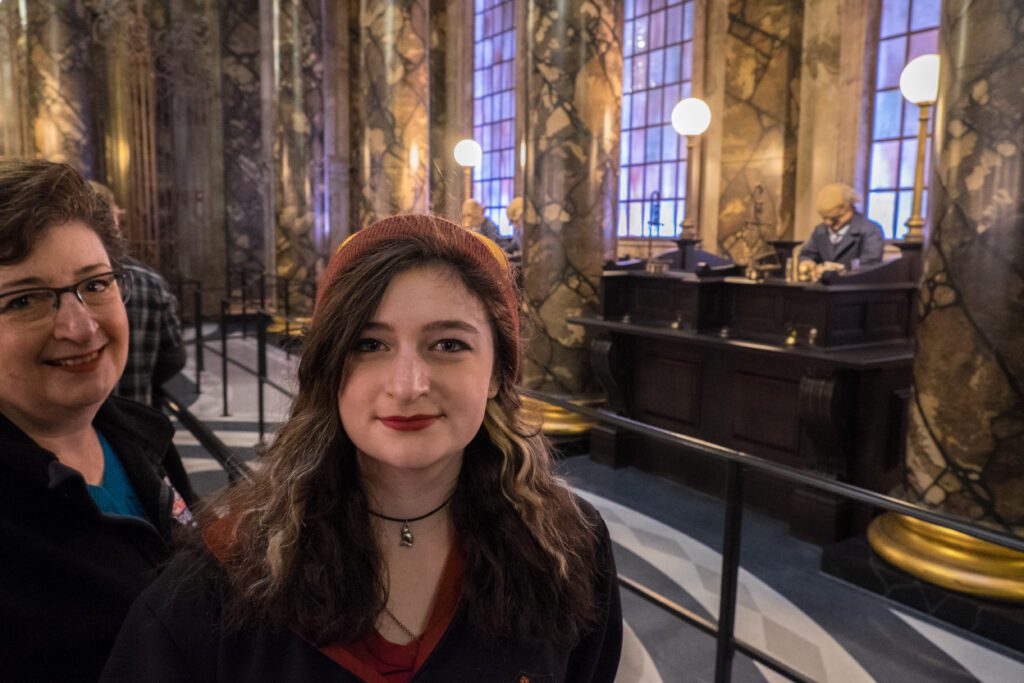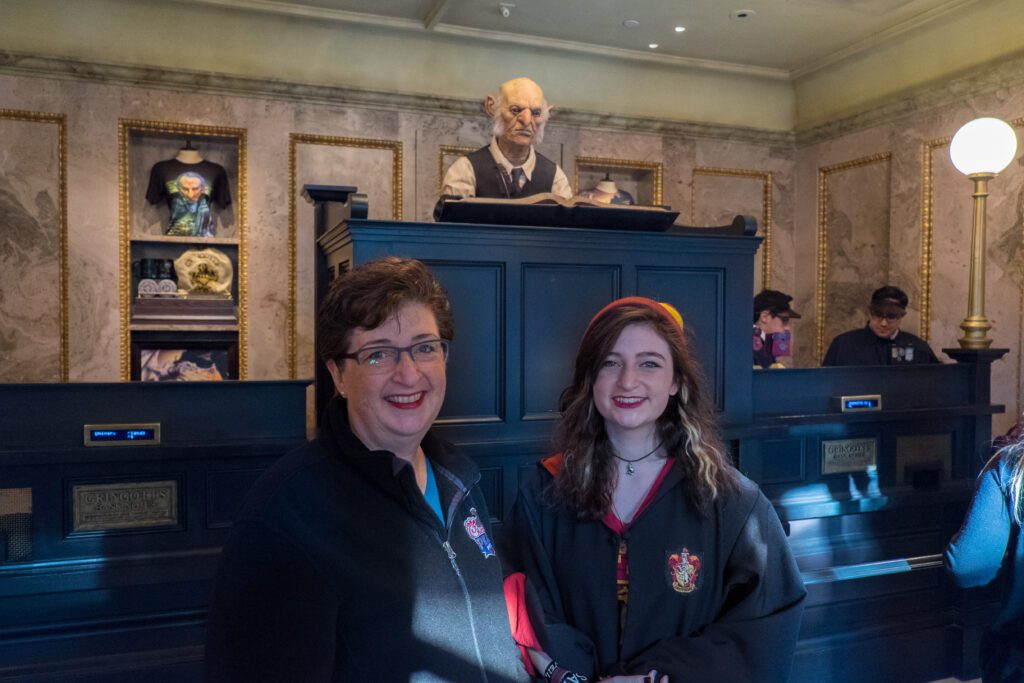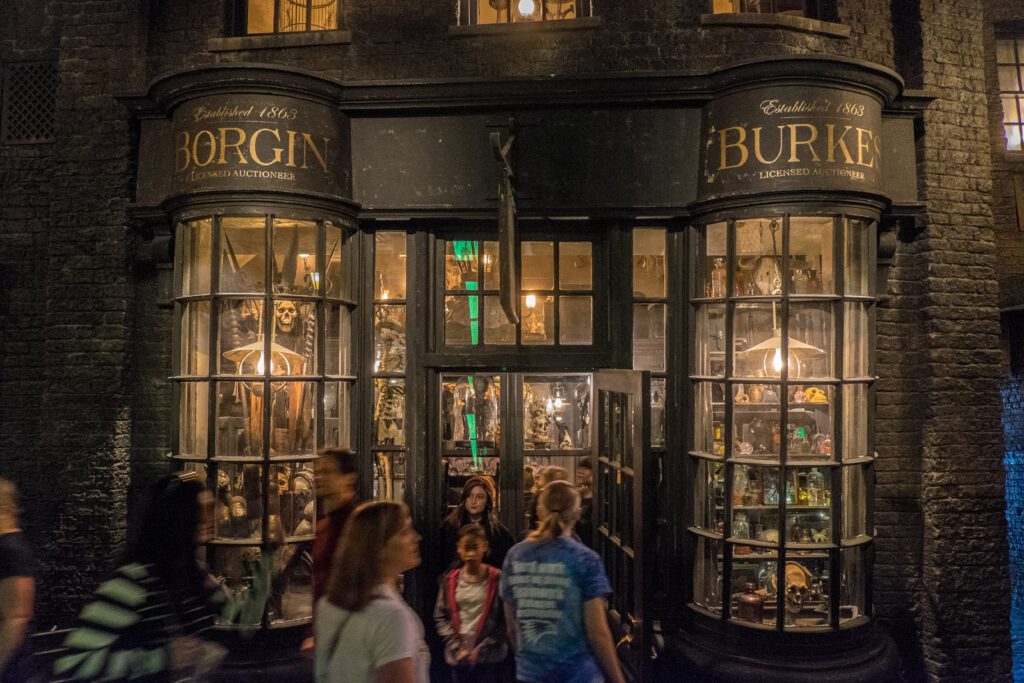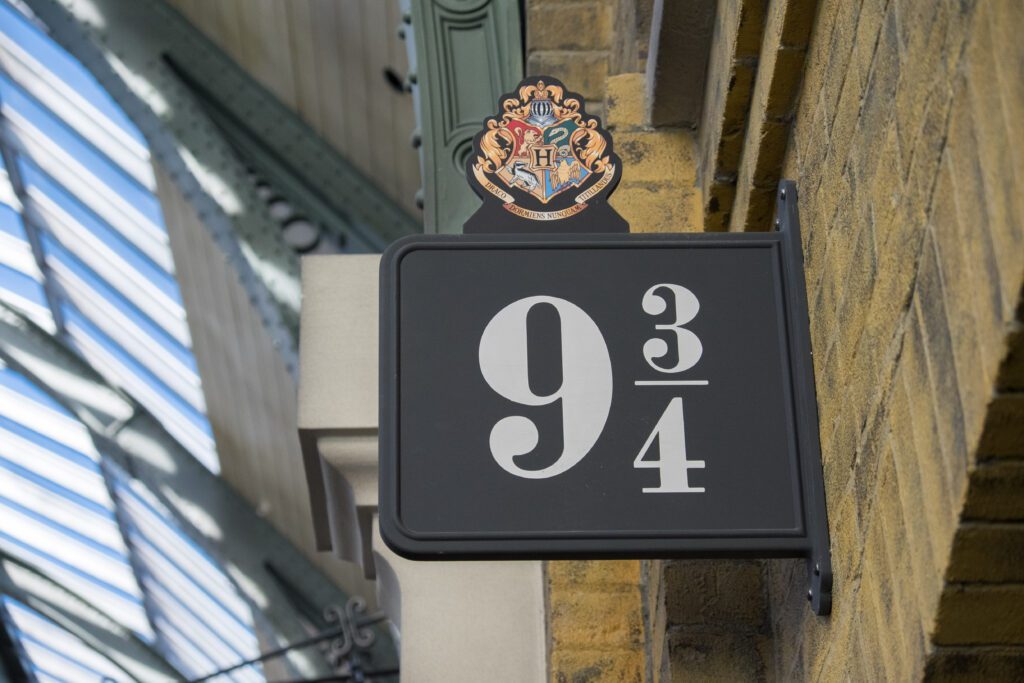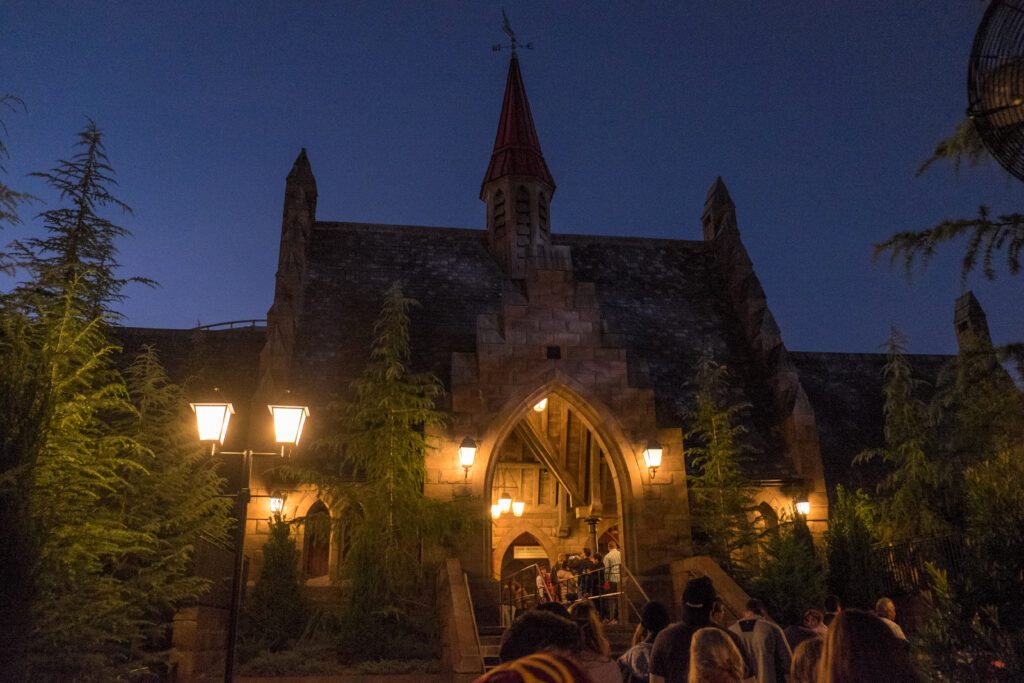I own a Kodak Carousel projector. For me, it was a magic lantern to the past. I loved how simple it was to operate.
I regularly created slideshows for my work, synchronizing two or more projectors to a soundtrack. The audio tape had two tracks: left and right for stereo. One track was for mono sound, and the other was for code to control the projectors.
The other day, I got hooked on the TV show Mad Men. According to the show’s pilot, “Mad men” was a slang term coined in the 1950s by advertisers working on Madison Avenue to refer to themselves.
I watched the show yesterday about the agency working with Kodak on their new slide projector, which they wanted to promote the wheel aspect of the tray.
This scene is not only a masterfully written explanation of what advertising executives do but also gets to the heart of the power of photography.
Here is that scene for you to watch.
While the power of images is used all the time by Madison Avenue to hook us on products and services, I think Don Draper’s image selection in the pitch gets to the real power of photography for the individual.
I love this speech by Don Draper:
Technology is a glittering lure. However, there is a rare occasion when the public can be engaged on a level beyond flash if they have a sentimental bond with the product.
In my first job, I was in-house at a fur company with this old pro copywriter, Greek, named Teddy.
Teddy told me the most crucial idea in advertising was ‘new.’ This creates an itch. You simply put your product in there as a kind of calamine lotion.
However, he also discussed a deeper bond with the product: nostalgia. This bond is delicate but potent.
Teddy told me that in Greek, nostalgia means ‘the pain from an old wound.’
It’s a twinge in your heart, far more powerful than memory alone.
This device isn’t a spaceship. It’s a time machine that travels back and forth, taking us to the places we long to return.
It’s not called ‘The Wheel.’ It’s called ‘The Carousel.’
It lets us travel the way a child travels—around and around and back home to where we know we are loved.
Yesterday at our church, I took a few photos to preserve such a fun service. I shared this photo on my Facebook page, and many shared it. People loved it not just because their kids were in the picture but because of their own “nostalgia.”
I loved it because this year’s church created a unique family service. So often, parents of little toddlers feel pressured to keep their kids quiet in a “big church” here; they want the families to feel welcomed.
I have never seen this many kids at our church during a Children’s Sermon.
I also captured my daughter singing as part of a quartet. I was incredibly proud.
Today’s photos help me remember and appreciate my wonderful family. This photo is from Easter 2001, fourteen years ago, when my daughter was just two years old.
We might not be showing our photos on a Kodak Carousel projector anymore, but the image lets us travel the way a child travels. Around and around and back home again to a place where we know we are loved.





